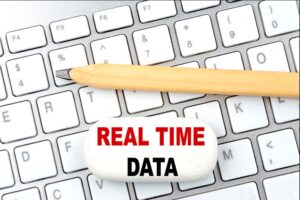
Abbreviations for IT operations are all the rage at the moment, with DevOps kickstarting a trend of sub-methodologies of software development and operations, including DataOps, MLOps, and AIOps. While the concept of each Ops is similar, there are differences in the focus and goals of each Ops system.
For machine learning and artificial intelligence projects, two of the key Ops methodologies are DataOps and MLOps. Both are applied to automate certain processes, increase collaborative efforts, and improve the speed of development and operations.
With DataOps, the focus is on improving the speed, accuracy, and quality of data analytics, through the implementation of automated data pipelines, which tackle quality control, data transformation, and storage. By reducing the amount of manual oversight that goes into the data processing stage, and by having a standardized way of processing data from all sources, data teams are able to reduce the risk of errors and focus on extracting readable data and visualizing it.
DataOps functions also include the ability to track changes to the data overtime, automate the testing of data pipelines to ensure data quality, enable Continuous Integration/Continuous Delivery practices, and catalog all data assets in one centralized inventory.
See also: What Is MLOps and How Will It Change the Data Center?
MLOps hits on some of the same areas as DataOps, but is more focused on the continuous training of machine learning models, through automation. With this, developers can move onto the next version of the model, while continuously extracting key data from the old model.
Alongside training the ML model, MLOps can also detect issues in real-time with the model. Developers can also finetune a model by adjusting the parameters, either for performance or accuracy reasons. There are more functions being added to MLOps every year, as it is still a nascent system, with model explainability and governance being added on some platforms.
While DataOps and MLOps are managed as separate entities at the moment, there are clear shifts to integrate both methodologies into a unified approach. This has already started with the launch of Databricks Delta Lake and DataRobot’s MLOps platform, which incorporates DataOps and MLOps into one platform for ease of use.





